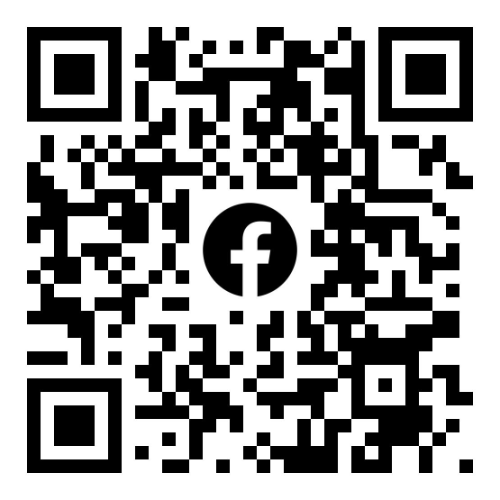The Ultimate Guide to Choosing the Best Hotspot Plan

In today's mobile-first world, staying connected is a must. As we navigate through a landscape dominated by remote work, online education, and digital entertainment, reliable internet access has become as crucial as electricity. Amidst this backdrop, prepaid hotspot solutions have risen as a compelling alternative to traditional mobile plans, offering flexibility, cost-effectiveness, and the freedom to stay online whenever, wherever.
What Is a Prepaid Hotspot?
A hotspot is a device or feature on a smartphone that provides internet access to other devices, like laptops and tablets, using cellular data. Unlike Wi-Fi, which requires a fixed broadband connection, hotspots tap into mobile networks to offer portable internet access. Prepaid hotspots, as opposed to traditional postpaid mobile contracts, allow users to buy data in advance, offering control over spending without long-term commitments. This contrasts with postpaid plans, where users pay after usage, often resulting in unexpected charges.
Types of Prepaid Hotspots
Broadly, prepaid hotspot options can be categorized into two: standalone hotspots and smartphone hotspots features.
-
Standalone Hotspots:Often referred to as mobile hotspot devices, they're engineered solely to offer wireless internet access, typically providing more reliable connections and extended battery life compared to their smartphone counterparts.
They're ideal for professionals on the move, students, or families needing consistent, dedicated Wi-Fi access during travels or in areas without broadband services.
Since these devices are dedicated to a single purpose, they often feature enhanced network reception capabilities, can support multiple connected devices simultaneously, and maintain longer operational times, ensuring that you remain connected without frequent recharges.
-
Smartphone Hotspots:Modern smartphones come equipped with a built-in hotspot feature, allowing them to function as a portable Wi-Fi hub. This option is convenient for those who prefer not to carry additional devices, as it transforms your phone into an internet access point for laptops, tablets, and other devices.
However, it's crucial to note that using your smartphone as a hotspot can significantly drain its battery life, affecting its primary functions like calls, messaging, and other applications.
Moreover, while convenient, smartphones may not provide the same level of signal strength and speed stability as standalone hotspot devices, especially in crowded or remote areas.
How to Find the Best Prepaid Hotspot
Identifying the ideal prepaid hotspot plan demands a thoughtful analysis of several critical factors:
- Data Needs:Kickstart your quest by estimating your typical monthly data consumption. This estimate should reflect your online activities – streaming, downloading, browsing, and the number of devices you intend to connect. Understanding your data needs is crucial as it influences the type of plan you should opt for – whether it's a high-data plan for intensive use or a more modest offering for occasional browsing.
- Coverage: The effectiveness of your prepaid hotspot is largely dependent on network coverage. It's imperative to select a provider that ensures robust signal strength within your frequent areas of operation, be it at home, work, or on the move. Research and compare the coverage maps of different providers to ascertain which one offers superior service in your locality, minimizing the risk of connectivity issues or dead zones.
- Device Compatibility:Before settling on a plan, verify that the hotspot device (if you're opting for a standalone option) is compatible with the gadgets you plan to connect. Compatibility encompasses not just the types of devices but also their operating systems and connection capabilities. Ensuring this compatibility prevents potential frustrations stemming from connection difficulties or subpar internet speeds.
- Plan Costs:Finally, an essential aspect of your decision-making process involves a comprehensive cost analysis. This analysis should extend beyond just the monthly fees to include any initial device costs (if purchasing a standalone hotspot), activation fees, or additional charges for top-up data. By carefully comparing the total expenses associated with different plans and devices, you can identify a solution that not only meets your connectivity requirements but also aligns with your financial boundaries.
How to Use Your Prepaid WiFi Hotspot
Setting up and using a prepaid WiFi hotspot is straightforward:
- Purchase and activate your hotspot device or plan.
- Turn on the device or activate the hotspot feature on your smartphone.
- Connect your other devices to the hotspot using the provided network name and password.
- Monitor your data usage regularly to avoid running out unexpectedly.
- Top up your data as needed based on your plan's options.
Advantages of Prepaid Hotspot Plans
- Flexibility and Control:One of the primary advantages of prepaid hotspot plans is the unparalleled flexibility they offer. Unlike traditional postpaid plans, which may lock you into a fixed data limit, prepaid plans allow you to choose exactly how much data you need and when you need it. This flexibility is particularly beneficial for those whose data needs fluctuate monthly, as it eliminates the risk of paying for unused data. Moreover, since you pay upfront, you retain complete control over your spending, making it easier to manage your budget without the dread of unexpected bills.
- Catering to Diverse Needs:Whether you're a digital nomad relying on the internet for work, a student engaging in online learning, or someone who enjoys streaming movies while on the move, there's a prepaid hotspot plan designed for your specific needs. These plans range from small data packages suitable for checking emails and browsing the web to more extensive data allowances perfect for high-definition video streaming and large downloads. This versatility ensures that, regardless of your internet consumption patterns, you can find a plan that aligns with your lifestyle.
- No Credit Checks or Contracts:Prepaid hotspot plans typically don't require a credit check for sign-up. This feature makes them more accessible, especially for students, travelers, or individuals who prefer not to commit to a credit-based service due to past financial challenges or personal choices. Additionally, the absence of binding long-term contracts means you can switch plans or providers without facing hefty termination fees, offering peace of mind and the freedom to adapt your plan as your circumstances change.
- Widespread Accessibility:The growth of mobile networks has significantly improved the accessibility of prepaid hotspot services. With extensive coverage areas that span cities, towns, and often rural areas, users can enjoy reliable internet access whether at home, in the office, or on the go. This widespread accessibility ensures that you remain connected to what matters most, regardless of your location.
Reviews of Top Prepaid Hotspots Plans
In the market for prepaid hotspots, options vary widely in terms of data limits, speed, and price. Here is a detailed comparison of the top prepaid hotspots
|
Plan/Feature |
Monthly Cost |
Data Speed |
High-Speed Data Allowance |
Global Coverage |
Roaming Benefits |
|
Eiotclub |
$9.99 for 1GB |
4G |
1GB |
200+ countries |
Automatic local network switching |
|
T-Mobile |
$10 for 2GB |
5G & 4G LTE |
2GB |
215+ countries & destinations |
Up to 5GB high-speed in covered countries, 2GB in Can/Mex |
|
Verizon |
$10/mo for 5GB (add. line), $40/mo for single line |
5G & 4G LTE |
5GB |
Limited to US |
N/A |
|
AT&T |
$50 for unlimited data |
5G |
Unlimited (5GB for hotspot) |
Limited to US |
N/A |
1. Eiotclub 5G BizGlobalLink Access
Pros
- Global Reach: The Eiotclub 5G BizGlobalLink stands out for its impressive coverage in over 200 countries, making it an ideal choice for business travelers who require consistent internet access across different regions.
- Effortless Roaming: The plan offers seamless automatic network switching, ensuring users always have the best possible access speed by connecting to local networks.
- Versatility in Device Compatibility: With its three-cut SIM sizes, it's compatible with a wide range of devices, enhancing its utility for various users.
- Control and Management: The provision for mobile management and an app for simplified oversight allows users to control their plans effectively, making it easy to manage data and costs.
Cons
- Cost per Data Unit: At $9.99 for 1GB valid for 30 days, it might be pricier for users with significant data needs, although the price can be justified by the global coverage and convenience.
2. T-Mobile
Pros
- Data Offering: Provides 2GB of 5G and 4G LTE data, which is adequate for moderate users, plus up to 5GB high-speed internet in over 215 countries.
- Added Value: The plan includes benefits like up to 2GB high-speed data in Canada and Mexico and a $5 discount per line for up to 8 lines with AutoPay and eligible payment methods, enhancing its appeal to family plans or small teams.
Cons
- Limited Data for Heavy Users: The 2GB limit might be restrictive for users with high data consumption, particularly in a business context.
3. Verizon
Pros
- Flexible Options: Verizon offers a range of options, from adding a line for $10/month for 5GB to a single line for $40/month, catering to different needs and budgets.
- Network Reliability: Verizon is known for its extensive and reliable network, offering solid coverage across the United States.
Cons
- Cost: The single line cost of $40/month might be steep for individual users or small business owners, especially considering additional taxes and fees.
4. AT&T
Pros
- Unlimited Data: Offers an unlimited data plan for $50/month, which is ideal for users with extensive data needs.
-
Hotspot Data: Includes 5GB of hotspot data with access to AT&T's 5G network, ensuring high-speed connectivity for other devices.
Cons
- Speed Throttling: Users might experience reduced speeds during busy network times, which could impact streaming or downloading tasks.
- Price and Restrictions: While offering unlimited data, the $50/month fee, coupled with requirements for a new line and AutoPay, might limit its accessibility.
Eiotclub 5G BizGlobalLink Access stands out for business travelers or those needing extensive international coverage with its wide-reaching global access and 5G speeds. T-Mobile offers a balanced approach suitable for moderate users and benefits families or small teams with its discount options. Verizon's plan seems to be focused more on users requiring reliable coverage within the United States, presenting a flexible range of options for additional lines or single users. Lastly, AT&T caters to those with heavy data demands, providing unlimited data with conditions regarding network speed during busy times.
Unlimited Prepaid Hotspot - Is it Truly Unlimited?
Unlimited prepaid hotspot plans sound ideal, but it's crucial to read the fine print. Many "unlimited" plans are subject to data throttling after a certain usage threshold, reducing speeds significantly. Network management policies may also impact your data speeds during peak times. Understanding these limitations helps set realistic expectations about service quality.
Prepaid vs. Postpaid Hotspot Plans
Prepaid and postpaid hotspot plans cater to different user needs. Prepaid plans offer simplicity and cost control, ideal for budget-conscious users and those with variable data needs. Postpaid plans, on the other hand, may offer higher data limits and the convenience of automatic billing but often come with contracts and potential overage fees. Your choice should depend on your usage patterns, budget, and preferences for flexibility versus convenience.
The Bottom Line
Choosing the right mobile hotspot plan can significantly enhance your ability to stay connected in our increasingly online world. Prepaid hotspots, with their pay-as-you-go structure, offer a compelling mix of flexibility, control, and cost-effectiveness. By assessing your specific needs and doing thorough research, you can find a plan that keeps you online whenever and wherever you need, without breaking the bank.


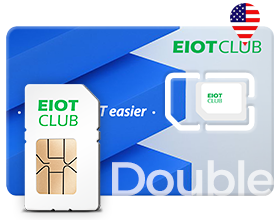
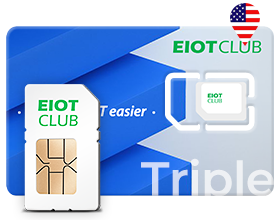
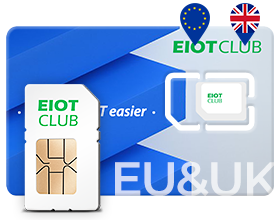
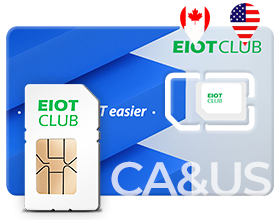
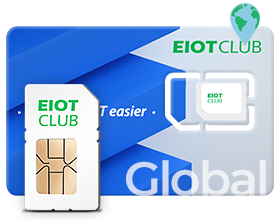
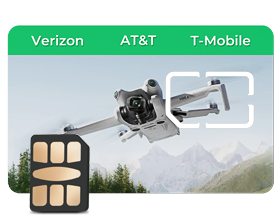
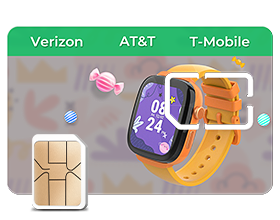
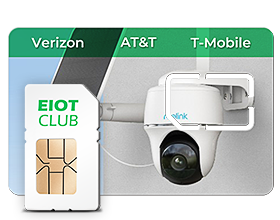
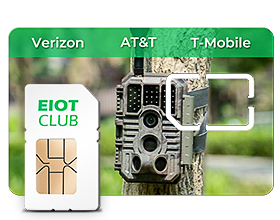
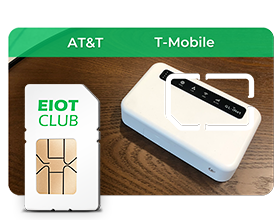
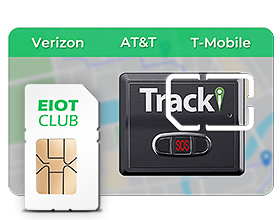
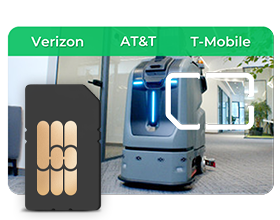
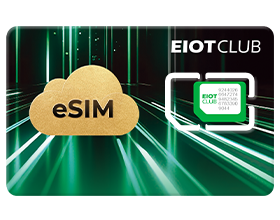
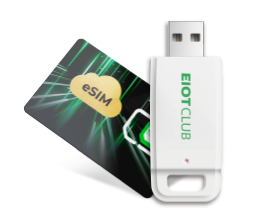









 Black Friday
Black Friday






